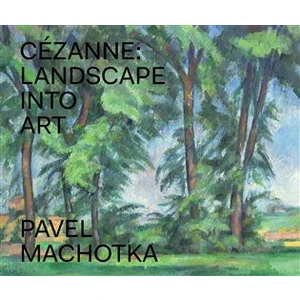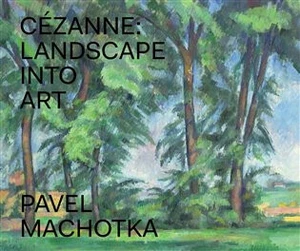The book of the world known scholar on Cézanne's work, Pavel Machotka, throws a new light on the momentous work of Paul Cézanne. He is often viewed merely from his place in history – as a forerunner of the Cubists, or more simply as the father of modern art. Seldom is he seen as a painter who painted in his own time, in a particular place, and with his own goals and desires. Pavel Machotka prefers to see Cézanne as a painter at work, as someone who both looked hard and thought deeply and analytically. He located and photographed dozens of the motifs that Cézanne had painted, and here he analyzes the artist’s creative process in transforming the landscape into painting. He shows that Cézanne was both intensely attached to his vision and deeply committed to constructing a disciplined and sen
suous analog of it. On the one hand his paintings are representations of what he saw, and on the other they are independent constructions of nearly musical intricacy.
více
Nejlevnější produkt
16,79 € | knihy.abz.cz | In stock
Máte ve vašem obchodě lepší produkt?
Nejlevnější produkt
16,79 € | knihy.abz.cz | In stock
Máte ve vašem obchodě lepší produkt?
K dispozici v
Co říkají obchody
knihy.abz.cz
Kniha: Cézanne: Landscape into Art; Autor: Machotka Pavel; The book of the world known scholar on Cézanne's work, Pavel Machotka, throws a new light on the momentous work of Paul Cézanne. He is often viewed merely from his place in history - as a forerunner of the Cubists, or more simply as ...
Knihy Dobrovsky
The book of the world known scholar on Cézanne's work, Pavel Machotka, throws a new light on the momentous work of Paul Cézanne. He is often viewed merely from his place in history - as a forerunner of the Cubists, or more simply as the father of modern art. Seldom is he seen as a painter who painted in his own time, in a particular place, and with his own goals and desires. Pavel Machotka prefers to see Cézanne as a painter at work, as someone who both looked hard and thought deeply and analytically. He located and photographed dozens of the motifs that Cézanne had painted, and here he analyzes the artist's creative process in transforming the landscape into painting. He shows that Cézanne was both intensely attached to his vision and deeply committed to constructing a disciplined and sensuous analog of it. On the one hand his paintings are representations of what he saw, and on the other they are independent constructions of nearly musical intricacy.


